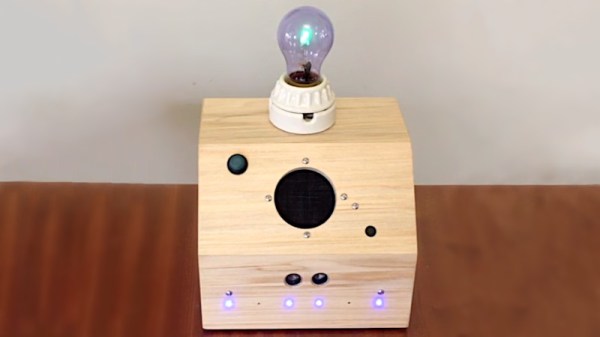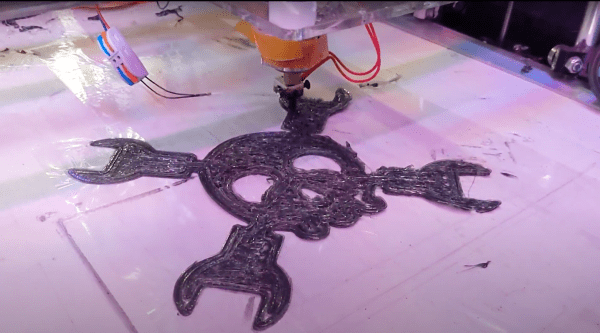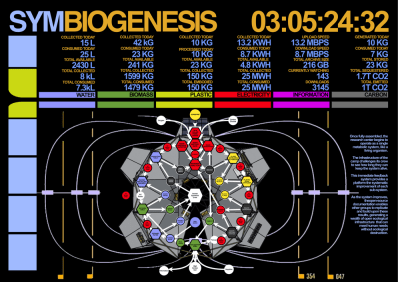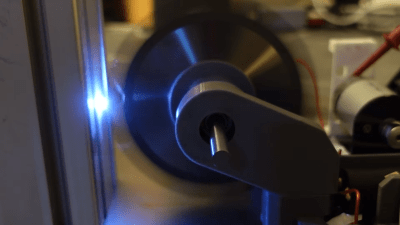Voice assistants are now available from a wide variety of companies, however, [7402] didn’t like the idea of these devices sending data off to the cloud for potentially-nefarious purposes. Thus, the goal became to build a home voice assistant that worked entirely offline, and that’s precisely what [7402] achieved.
The system had limited goals compared to commercial competitors. [7402] was more than happy to deal with a limited vocabulary of understanding as a trade off for privacy. It’s all built around a Raspberry Pi Zero, which runs the Julius speech recognition library. Ultrasonic sensors are used to only activate the device when a person leans in and directly addresses the system.
Capabilities include reporting on the weather, switching light on and off, and advising users of air quality readings from the local authorities. Feedback to the user is via text-to-speech as well as flashing LEDs. The latter are used to create a quirky, retro “thinking” animation to indicate the system is processing, and has indeed heard a spoken command.
It’s a neat build, and one that covers most of the good things that commercial cloud devices are capable of anyway. As a bonus, no smartphone apps are required, nor will private companies impact the system’s functionality as it relies on no external servers to operate.
We’ve seen similar builds before too, such as this GlaDOS-themed voice assistant. Video after the break.
Continue reading “Homebrewed Voice Assistant Keeps An Eye On Air Quality”
















